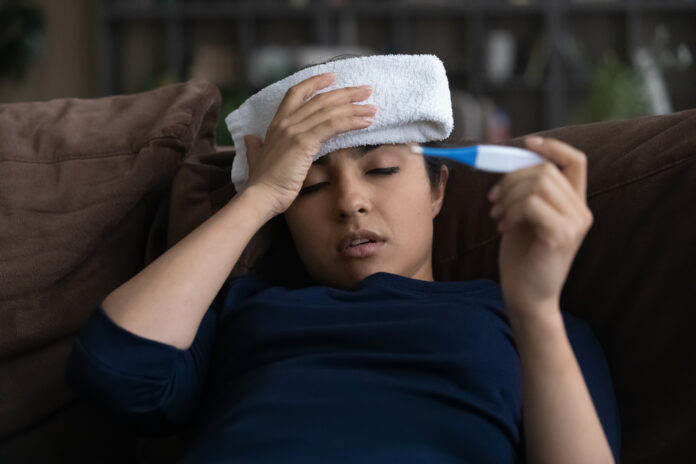Muscle soreness following a workout is an obvious sign. According to the American College of Sports Medicine, muscle soreness (also known as Delayed Onset Muscle Soreness orDOMS) can indicate that your muscles have been damaged. Inflammation can be caused by these injuries. Further explanation was provided by Dr. Shawn Arent, a professor at the University of South Carolina’s exercise science department. Shawn Arent, Ph.D. CSCS noted that fluid builds up in muscles during exercise, which places additional pressure on damaged areas. This causes muscle pain and tightness that can last for 12-24 hours.
Although some muscle inflammation can be beneficial for our bodies, excessive inflammation could lead to chronic diseases. Dr. Arent stated that we should not try to stop muscle inflammation, but instead seek ways to control it — and as soon as possible. This article will discuss how to reduce muscle soreness following workouts.
5 Ways To Reduce Muscle Soreness
Keep Moving
It may sound paradoxical, but the best way to ease muscle soreness is not to stop moving. It is important to keep your body active in a light and gentle activity. You might want to go for a walk for half an hour. Some people prefer to ride a bike, while others enjoy swimming.
Recover
Your exercise days must be included in your workout routine. These days are vital for recovery because they allow your body to heal and replenish lost energy.
Use Heat Carefully
You can use heat to treat muscle soreness if it persists after 48 hours. The heat will increase blood flow to the muscles and ease tension.
Get a Good Muscle Massage
Massage can help reduce tension and soreness, increase range of motion, and improve blood flow. A Swedish massage is possible, or tender-point acupressure can be used. The massage therapist uses pressure to the area that’s tender and holds it.
Get Anti-inflammatory Drugs
These drugs can be purchased over-the-counter, which reduce swelling in the affected areas. You can buy aspirin, naproxen, and ibuprofen for this purpose.










